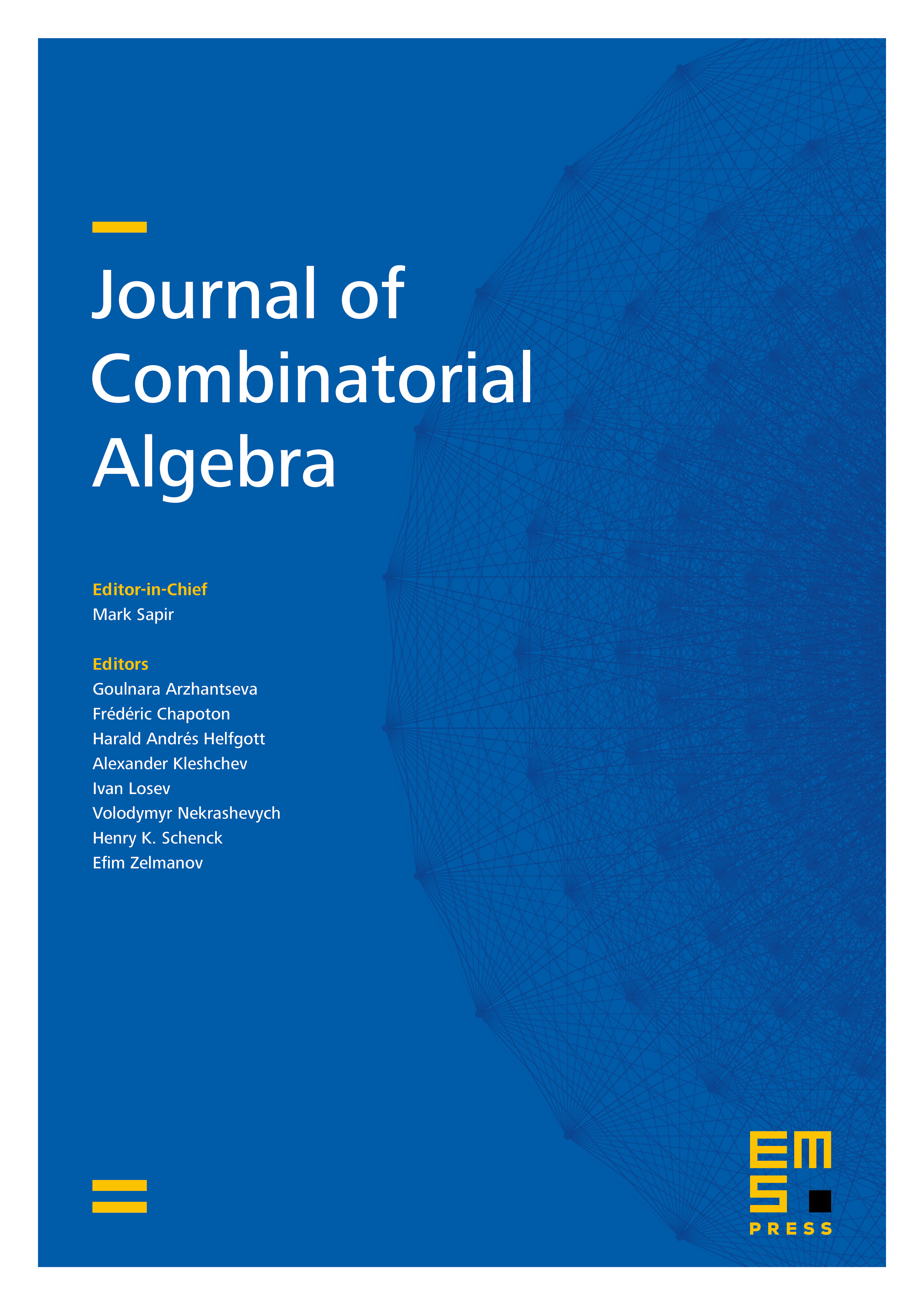Soficity and variations on Higman’s group
Martin Kassabov
Cornell University, Ithaca, USAVivian Kuperberg
Stanford University, USATimothy R. Riley
Cornell University, Ithaca, USA

Abstract
A group is sofic when every finite subset can be well approximated in a finite symmetric group. No example of a non-sofic group is known. Higman's group, which is a circular amalgamation of four copies of the Baumslag–Solitar group, is a candidate. Here we contribute to the discussion of the problem of its soficity in two ways.
We construct variations on Higman's group replacing the Baumslag–Solitar group by other groups . We give an elementary condition on , enjoyed for example by and the integral Heisenberg group, under which the resulting group is sofic.
We then use soficity to deduce that there exist permutations of that are seemingly pathological in that they have order dividing four and yet locally they behave like exponential functions over most of their domains. Our approach is based on that of Helfgott and Juschenko, who recently showed the soficity of Higman's group would imply some the existence of some similarly pathological functions. Our results call into question their suggestion that this might be a step towards proving the existence of a non-sofic group.
Cite this article
Martin Kassabov, Vivian Kuperberg, Timothy R. Riley, Soficity and variations on Higman’s group. J. Comb. Algebra 3 (2019), no. 1, pp. 41–70
DOI 10.4171/JCA/26